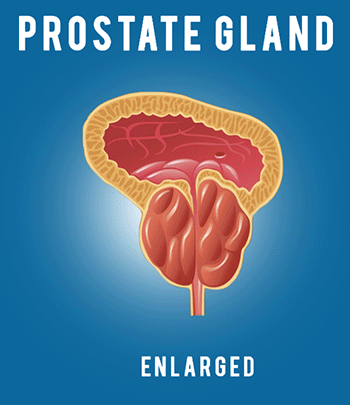Who Studies Chiropractics?
Who Studies Chiropractics?

Considering the fact that it takes a fair amount of time before an aspiring chiropractor will be able to hang out a shingle, rent some office space, and go into business, it makes one wonder just who would take on such a challenge. After all, considering the fact that most often it is required of students to hold a baccalaureate degree and then add four years of full time study to it, it would make sense for them to go into what is considered mainstream medicine. Yet instead of doing so, those who perceive the call for chiropractics find that they might have a different mission in life; as a matter of fact, rather than simply viewing modern medicine as the panacea for all that ails people, chiropractors see themselves as members of a healing art, not a healing science.
Who Studies Chiropractics?
To this end they focus on the patient as a whole, not simply on a limb or physiological system that appears to be adversely affected. Thus, aspiring chiropractors enjoy the study of other aspects of medicine – such as geriatrics and neurology – since they believe that all things that make up a patient as a human being will also factor into healing this individual. Chiropractic colleges therefore offer comprehensive curricula to their students which stress the relationship that exists between the way that the human body will function on a day to day basis and the structure of the body that helps it to function. In other words, a chiropractor is familiar with the skeleton as well as the nerves and the muscles and the way each element supports another, or, on the other hand, how they may detract functionality from one another. As such, chiropractic students time and again receive training that emphasizes the relationship and seeks out new avenues for students to help suffering patients.
Since chiropractics are becoming more and more a mainstream medical occupation, there are now a number of insurance companies who accept chiropractors as primary care physicians. As such, it falls to the chiropractor to ascertain when a patient will need to see an internist, or when simple chiropractic manipulation will not be enough to heal. It is thus not surprising that this put many of the old school chiropractors at odds with the established medical disciplines, simply because the animosity has existed for so long between the healing arts and healing sciences. Those who now undergo a course of study in chiropractics understand that both sides of the medical isle must work together and to do so takes not only an understanding of the healing sciences but also knowledge of the limitations that may be found within chiropractics. Thus, in many ways the students who are learning about their craft do not only pursue the course of study to successfully heal patients, but also to understand at which point in time they will need to work together with other health care professionals to truly afford their patients the healing they need as well as the healing that they can give them.


